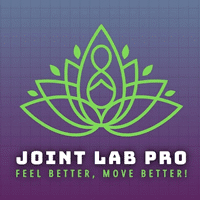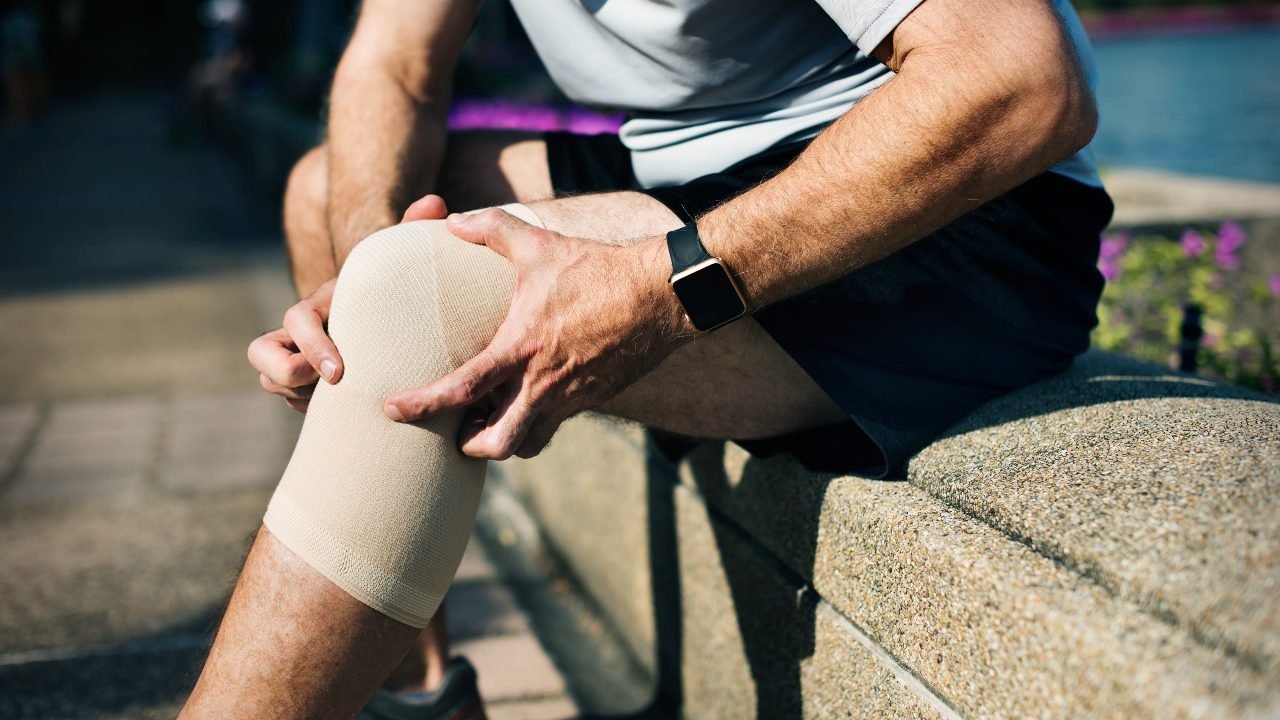Evidence-based exercises · Beginner-friendly
Knee pain exercises can help reduce discomfort, improve mobility, and strengthen muscles around the joint.
If you’re suffering from knee or joint pain, you’re not alone. Chronic knee pain affects millions worldwide and can limit mobility and daily activities. The good news? Targeted exercises can significantly reduce pain and improve mobility. A study of graded weight-bearing exercise programs showed improved pain and function in knee osteoarthritis patients. PubMed / MDPI
Why Knee Pain & Joint Pain Happens
Knee pain can result from weak muscles around the joint, reduced mobility, cartilage wear, or poor biomechanics. Weak quadriceps and hip stabilizers increase knee stress and pain. (PubMed) Stretching and flexibility programs can help reduce discomfort. (PubMed)
In some chronic cases, pain persists even after exercise due to inflammation and cartilage wear. Evidence-backed supplements such as BioSchwartz Turmeric Curcumin or Arazo Joint Support may support joint comfort when combined with a consistent mobility routine.
Benefits of Knee Pain Exercises
- Reduced Knee pain – Stretching and strengthening reduce discomfort. PubMed
- Improved function & mobility – Multi-component exercise improves gait and movement. PubMed
- Better stability & strength – Strengthening muscles around the knee supports the joint during motion. PubMed
- Enhanced proprioception – Exercise improves joint position awareness. BMC Musculoskeletal Disorders
Combining these benefits with nutritional support (for example, Glucosamine + Chondroitin + MSM) may further enhance recovery, especially in mild-to-moderate osteoarthritis.
Recommended Knee Pain Exercises
1. Glute Bridge Knee Exercises
How to perform:
- Lie on your back with knees bent, feet flat on the floor hip-width apart, arms at your sides.
- Engage your core and glutes; press your lower back gently into the floor.
- Lift your hips until your body forms a straight line from shoulders to knees.
- With hips lifted, push through one heel, lifting that heel slightly; lower and alternate to the other heel.
- Repeat alternating heel drives for 10–15 reps, keeping hips stable.
- Lower slowly and rest 30–60 seconds between sets.
Tips: Don’t arch your lower back. Focus on squeezing glutes and hamstrings. If form breaks, reduce range or revert to standard glute bridges.
2. Wall Sit Knee Exercise with Ball Squeeze
How to perform:
- Stand with your back against a wall, feet shoulder-width apart, ~12–18 inches from the wall.
- Place a small ball or pillow between your knees.
- Slide down into a seated position (knees ≈90°), keeping knees aligned with toes.
- Squeeze the ball and hold for 20–30 seconds. Repeat 3–4 sets.
- Press through heels to rise slowly when finishing.
Why it helps: Strengthens quads, glutes and inner thigh muscles (adductors), improving knee alignment and low-impact strength for people with knee pain.
3. Step-Up Exercise
How to perform (basic):
- Use a stable low step (6–8 inches to start).
- Stand facing the step, feet hip-width apart.
- Step up with one foot, bring the other up to meet it, then step down in control.
- Perform 5–12 controlled reps per leg. Use hand support if needed for balance.
Progressions & tips: Press through the heel of the stepping foot, maintain a slight forward lean from the hips to shift load to glutes, and add dumbbells only when form is perfect.
4. Hip Abduction + Extension with Resistance Band
How to perform (abduction):
- Place a resistance band around the thighs (above knees) or ankles.
- Stand tall with support nearby for balance.
- Lift the working leg laterally (sideways) keeping control, then return slowly — 8–12 reps.
How to perform (extension):
- Anchor the band and loop around your ankle (or use band around thighs for prone variations).
- Extend the leg backward while keeping the pelvis stable — 8–12 reps.
Why: Strengthening hip abductors and extensors (gluteus medius/minimus) improves hip stability and reduces medial knee collapse, a common contributor to knee pain.
5. Heel Slides, Heel Raises & Eccentric Heel Drops for Joint Pain
Heel slides – range of motion: Lie on your back with knees bent. Slowly slide the heel away from the body to straighten the leg as comfortable; return slowly. Good for knee ROM.
Heel raises (calf raises): Stand with feet hip-width apart, hold support, rise onto the balls of your feet and lower slowly. 10–15 reps.
Eccentric heel drops (advanced): On a step, lower the heels below platform level slowly, then raise. Use with caution; consult a clinician if painful.
How to Start & Stay Consistent
- Perform the routine 3–5 times per week.
- Beginners: start with 2 sets per exercise → progress to 3 sets.
- Focus on form; slow, controlled movements are better than many sloppy reps. (JAMA / exercise quality)
- Warm up (5–10 min light cardio) and cool down with gentle stretches for quads, hamstrings, calves.
Contraindications & When to See a Doctor
Stop and seek medical advice if you experience any of the following:
- Sudden swelling, redness, warmth or fever (possible infection or acute inflammation).
- Persistent or worsening pain despite a month of consistent exercise.
- Night pain, catching, locking, or instability of the knee joint.
This article is for informational purposes and does not replace medical advice. If you have a diagnosed condition (severe osteoarthritis, ligament tear, recent surgery etc.), consult your healthcare provider or physiotherapist before starting.
Conclusion & Resources
When performed consistently and with proper form, these five knee pain exercises can help reduce knee pain, improve mobility, and build the muscular support your knees need. Start slowly, track progress, and consider pairing exercise with recommended supports (braces, orthotics) and evidence-based supplements if advised by a clinician.
Looking for gear that supports knee recovery? See our Best Picks for Joint Health (2025) →
Selected references: MDPI randomized trial · PubMed: stretching meta-analysis · PubMed: multi-component exercise · PubMed: strengthening benefits

